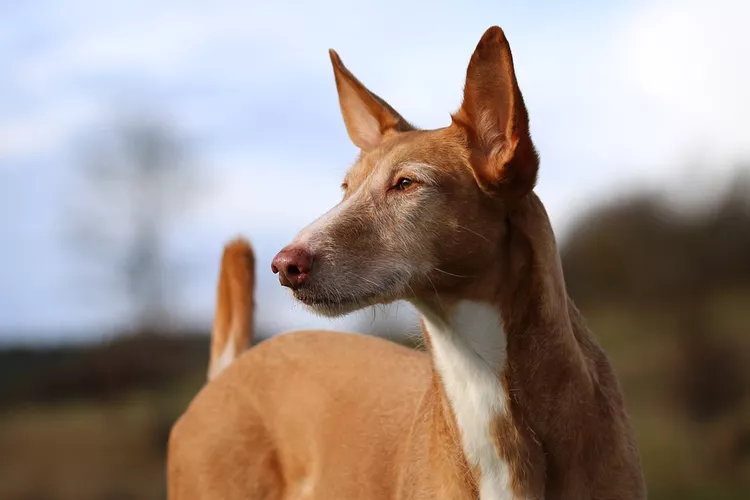
The podenco is a small to large-sized hound dog breed from the Mediterranean region, especially in Spain (where podenco means "hound" in Spanish), with a smooth, wired, or long-hair coat. The podenco is comprised of a group of sighthounds commonly used for hunting rabbits.
While all of the podenco types share common characteristics, they can vary greatly in size and appearance. However, they all have large prick ears that give them a distinctive appearance. Pods range from the almost dachshund-shaped podenco maneto, to the much larger podenco Andaluz. They are often all just referred to simply as podenco (or podengo, which is the Portuguese word for the same dog breed), rather than by the specific type as often it can be difficult to determine their true lineage.
GROUP: Hound
HEIGHT: Varies greatly, from as small as 13 inches to 28 inches
WEIGHT: Varies greatly, from around 18 pounds to 70 pounds
COAT: Smooth, wire, or long-coated
COAT COLOR: A wide variety of colors, with most common combinations of shades of brown or red, and often with white markings
LIFE SPAN: 12 to 14 years
TEMPERAMENT: Active, intelligent, sensitive, friendly, enthusiastic
HYPOALLERGENIC: No
ORIGIN: Spain
Regardless of the type of podenco you have, you can expect it to be a very high-energy dog that develops a close bond with its family. Pods can be goofy and playful, and also sometimes a touch mischievous.
Podencos are often confused with the basenji and the pharaoh hounds. Similar-looking dogs with tall upright ears and a distinctive sighthound shape have been seen in the tombs of ancient Egyptians, including Tutankhamun.
It is theorized that the Phoenician merchants (an ancient civilization originating in Lebanon), were the first to bring these types of dogs over the Mediterranean Sea. They introduced them when traveling along the coastal trade routes from Africa to Spain as far back as the eighth century B.C.
The dogs were thought to have landed on the islands off the coast and this is how some of the island-specific podenco-type dogs developed. These included the podenco Canario, from the Canary Islands, and the podenco Ibicenco (the Ibizan hound).
The dogs began to flourish as rural hunting dogs across Spain, and the different types of podenco dogs started to develop across the regions, adapting to their hunting terrain. They are more robust and suited to rougher terrain than the galgo, another commonly used Spanish hunting dog.
Today, the podenco is still used as a hunting dog but rather than being revered, they are often seen as just a tool. They are frequently abused, neglected, and abandoned. They often learn to survive on the street or are surrendered to high-kill shelters. As their plight is gaining more recognition, there are now several charities that work to offer forever homes to podencos, nationally and internationally. This means that podencos are gradually becoming more well-known in the U.S.
Although pods can enjoy lots of snuggles with their owners, they are not known for being couch potatoes like their greyhound or galgo relatives. Their stamina and hunting roots mean that these dogs do need a lot of exercise and stimulation. They also typically have basic grooming needs.
Despite the type of podenco you have, it will need between one and two hours of daily exercise, including walks and interactive playtime. The podenco's athleticism means that it can often enjoy taking part in dog sports like agility or canicross (competitive running with your dog).
Podenco coat types can vary quite a bit. Most commonly, pods have a short, smooth coat or a wire-haired variety. A weekly brush-out is usually sufficient to remove any molting hairs and keep the skin and coat shiny and healthy.
Care should be taken to trim the nails to ensure that they do not become overgrown. This can impact your dog's gait and subsequently its joints. If the nails grow too much, they can also curl in on themselves, and this can lead to pain and possible infection.
Check your dog’s ears weekly for dirt, wax buildup, and other abnormalities. Aim to brush its teeth daily.
A podenco can sometimes have a stubborn, independent streak, but the dog does respond well to positive reinforcement training. You may require a little more patience than with, say, an eager-to-please Labrador!
The pod's hunting background also means that it can have a very high prey drive, and you may need to work hard on achieving a rock-solid recall. You will probably also have to work on training a reliable "drop it" and "leave it" command.
Podencos are generally regarded as being hardy, healthy, and robust dogs. Because there is not a general breed standard, it means that they do not suffer from as many inheritable conditions. However, there are a few potential health issues to be aware of, including:
As with every dog, your podenco should be fed on a high-quality and appropriately portion-controlled diet. If the dog has spent some of its life on the streets or has had to fight for its food, you may find that it can be prone to scavenging, and this can lead to tummy upsets. Feeding your pod from interactive treat toys and slow feeders can help to make your pup feel fuller, and it also helps keep the dog stimulated.
The only podenco type that is recognized by the American Kennel Club is the Ibizan hound. If you do wish to work with a breeder to bring home an Ibizan hound puppy, or another type of podenco, you should make sure that you do your research. Make sure that you seek out a reputable breeder that allows you to visit the puppies in a home environment. They should not be separated from their mother before they are fully weaned. They should be at least eight weeks old before coming home.
If you choose to work with a breeder, the cost of podenco puppies can cost on average $1,000. However, since the Ibizan hound is a recognized AKC breed, you may pay about $2,000 to $2,500 for that specific type of puppy.
Many rescue organizations are involved in bringing podencos looking for forever homes over from Spain. Always make sure that the organization you choose has a solid reputation. The dogs should have had full health checks, been safely transported, and have been properly assessed in terms of temperament. The organization should provide comprehensive post-adoption support too.
Begin your search for a podenco by contacting these organizations:
Thrives in the company of family and other dogs
Well-suited for an active family
Low-maintenance grooming regime
High prey drive
Strong-willed and requires extra patience during training
Not suited for a family with a sedentary lifestyle
A pod could be a great dog for you if you're active and ready for a loyal companion. If you are still undecided, consider researching similar breeds to see if there's a better fit:
There’s a whole world of potential dog breeds out there—with a little research, you can find the right one to bring home!
If you have a cat in the household, careful introductions may be required, and other small furries will need to be kept well secured. They are usually very social with other dogs and often live well in a multi-dog household.
Recognition by the AKC is a process that generally requires a sufficient population of the breed that is well distributed in the U.S., among other criteria. The Ibizan hound must have been a good fit for all the criteria. However, the "Portuguese podengo" is currently able to compete in events within the AKC's Miscellaneous Class.
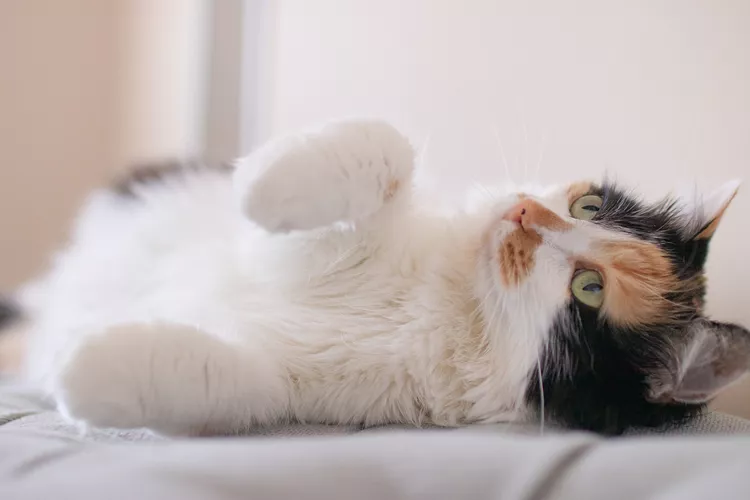
Cute Pictures & Facts About Calico Cats & Kittens
Learn fascinating facts about calico cats, including photos, the genetics behind this color combination, and common folklore and traditions.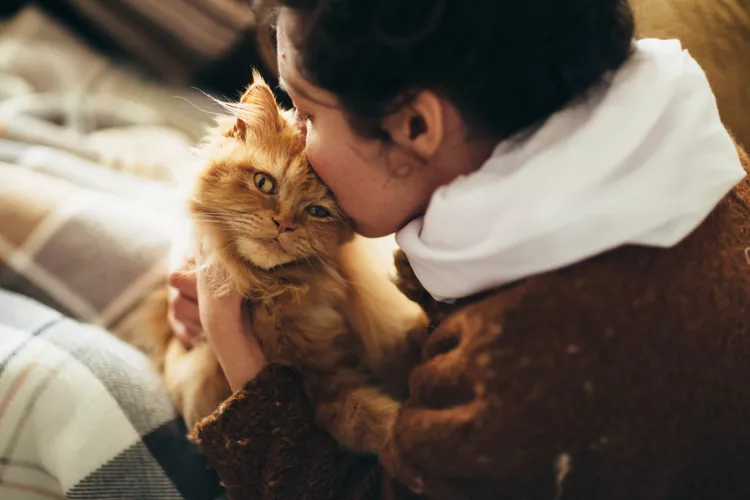
How to Prevent Cat Separation Anxiety During Vacations
Discover why cats develop litter box problems and cat behavior problems when you go on vacation and what you can do about it to help them.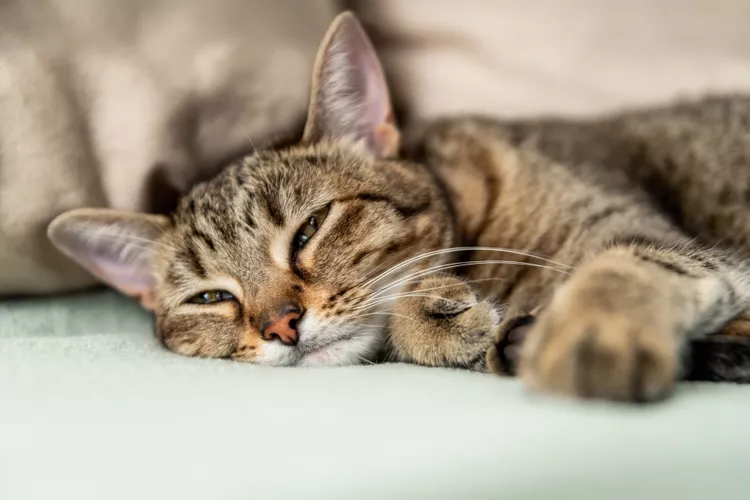
Cat Behavior Changes That Might Mean Something's Wrong
Cats' behavioral changes may indicate problems—or they may mean nothing at all. Explore causes of odd behavior and what to do about them.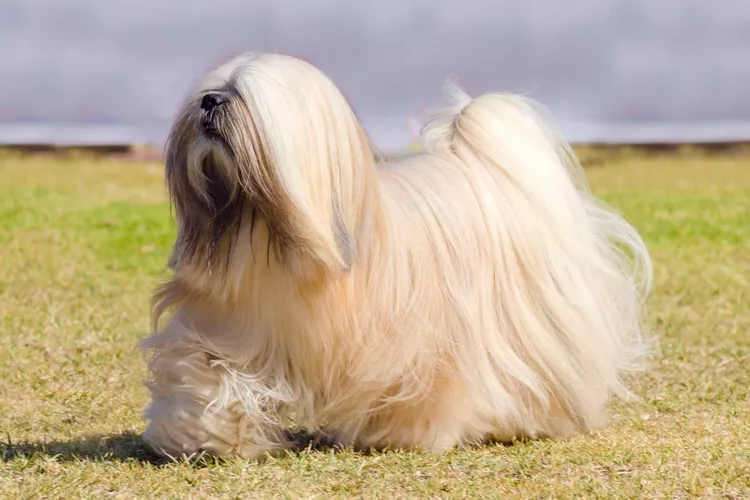
Lhasa Apso: Dog Breed Characteristics & Care
The Lhasa apso is an ancient breed from Tibet that was bred to be a watchdog. Learn about its history, health, exercise needs, and more.
Reasons Why Dogs Run Away and How to Stop It
Dogs can escape, especially if they’re bored and not properly contained. Here are some techniques for stopping your dog from running away.
Can Dogs Get Depression? How to Help Your Sad Dog
Can dogs get depression? Learn about the signs of depression in dogs and find out how to help your sad dog.
How to Stop Aggression in Dogs
Dog aggression can be a serious behavior issue for pet owners. Learn how to stop aggression in dogs before someone gets hurt.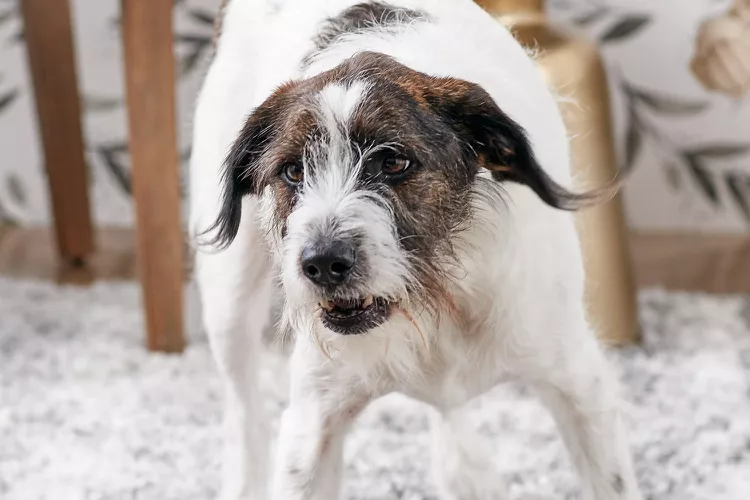
How to Stop Your Dog From Growling
A growling dog can soon become even more aggressive. Reduce the noise and potential for a dangerous situation with some of these techniques.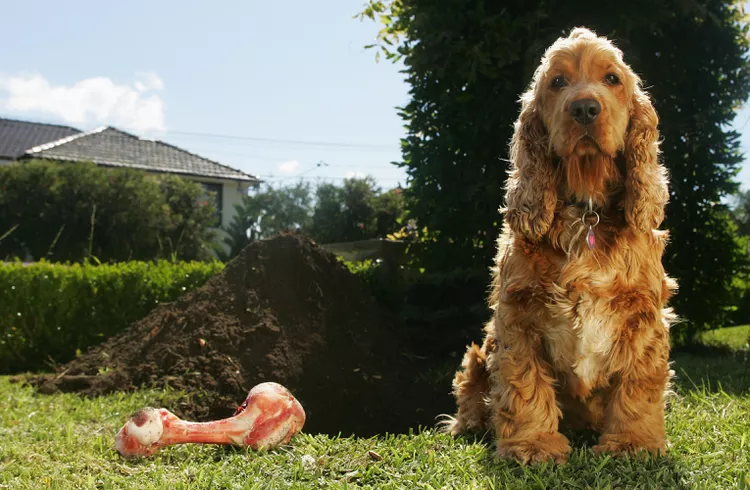
Why Do Dogs Dig Holes? How to Stop Your Dog from Relandscaping Your Yard
Dogs have been digging holes for centuries and for many reasons. Whether they’re bored or want to cool off in the dirt, here are the top reasons why dogs dig holes.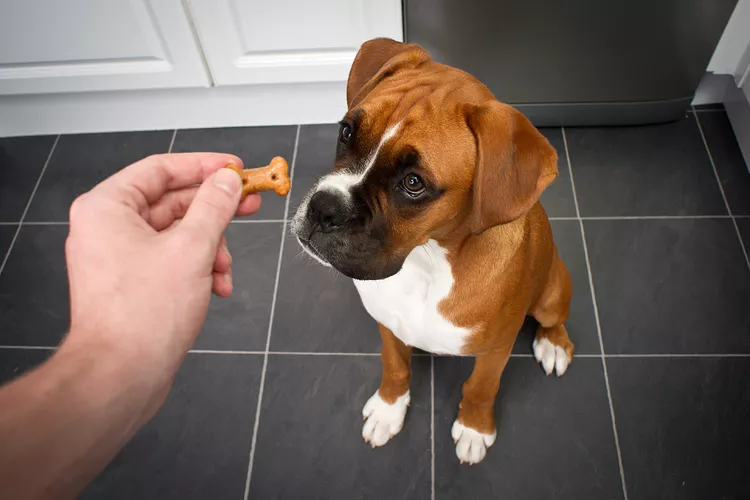
Dog Treat Varieties
Learn about the different types of dog treats on the market and decide which are best for your dog.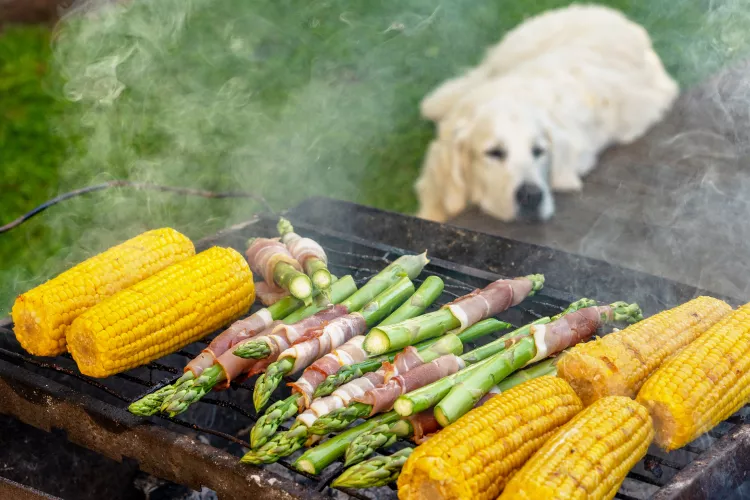
Can Dogs Eat Asparagus?
Dogs can eat asparagus, provided the vegetable is cooked plain and cut up for them. Seasonings, salt, and butter make it unhealthy for dogs.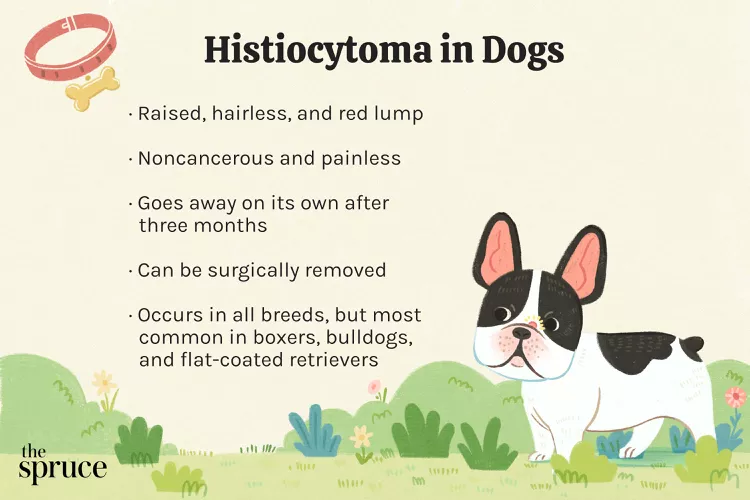
Histiocytomas in Dogs
A histiocytoma is a type of benign (non-cancerous) skin lump that usually affects young dogs. Learn the causes, treatment, and prevention.
Why Is My Dog’s Eye Swollen?
If your dog's eye is swollen, she may need veterinary attention. The inflammation could be caused by allergies, an injury, or even a tumor.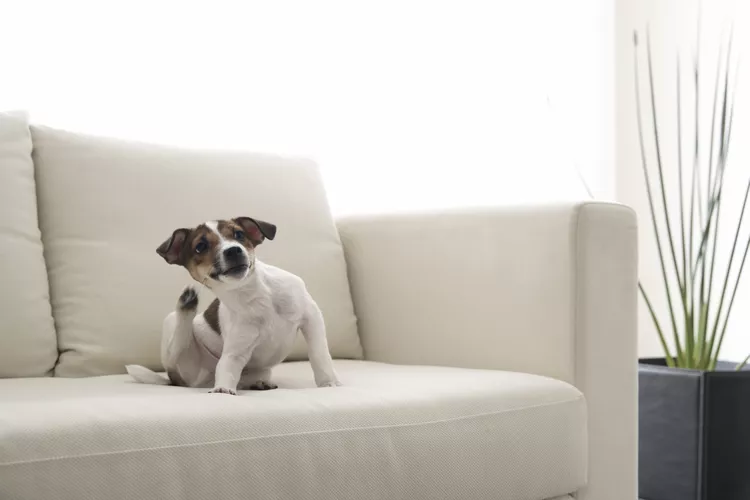
Common Bugs and Parasites Found on and Inside Dogs
Learn about common types of parasites in dogs. Find out how to treat and prevent parasites to keep your dog, your family, and yourself safe.
Exploring the Different Types of Pet-Friendly Beaches
Are you looking for pet-friendly beaches? Learn about the different types of pet-friendly beaches, their locations, and tips for visiting them with your pet.
10 Obscure, Little-known Canine Facts in Honor of National Dog Day
With National Dog Day upon us, it's time to celebrate everything about our favorite pets—even the weirder stuff. Here are 10 obscure facts about dogs you probably didn't know.
Kitten Development From 3 to 6 Months Old
Kittens grow and change a lot during their first year. Find out what happens between the ages of three months and six months old.
95 Siamese Cat Names
Our list of Siamese cat names has diverse and fun options to help you choose the ideal moniker for your elegant and lovable feline companion.
What to Buy for Your New Cat: A List of Essentials
Before you bring your new cat or kitten home, there are a number of things to collect or buy so your cat will feel welcomed like a family member.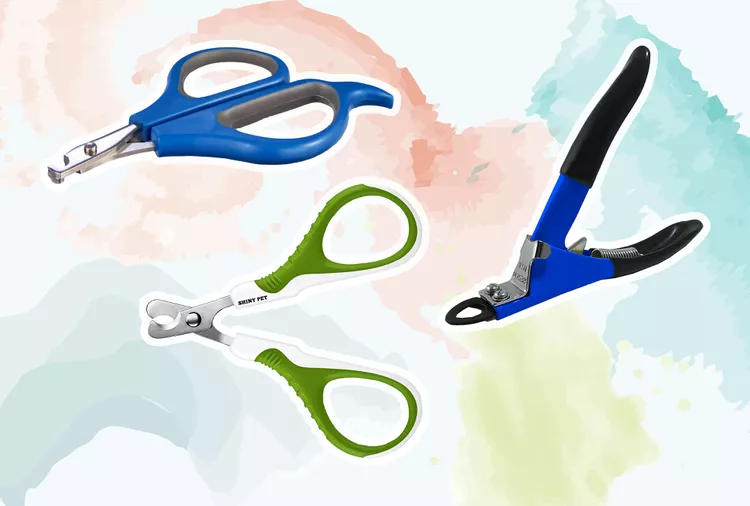
The 6 Best Cat Nail Clippers of 2024 for a Safe Trim
Clipping your cat's nails can save your furniture and keep your kitty comfortable. We asked veterinarians for their cat nail clipper recommendations.